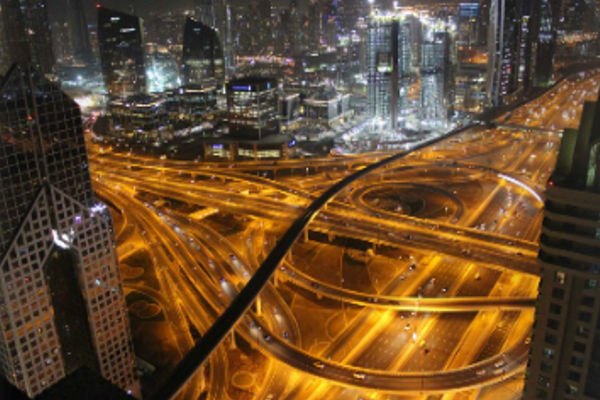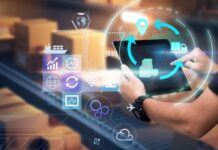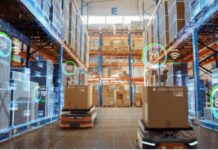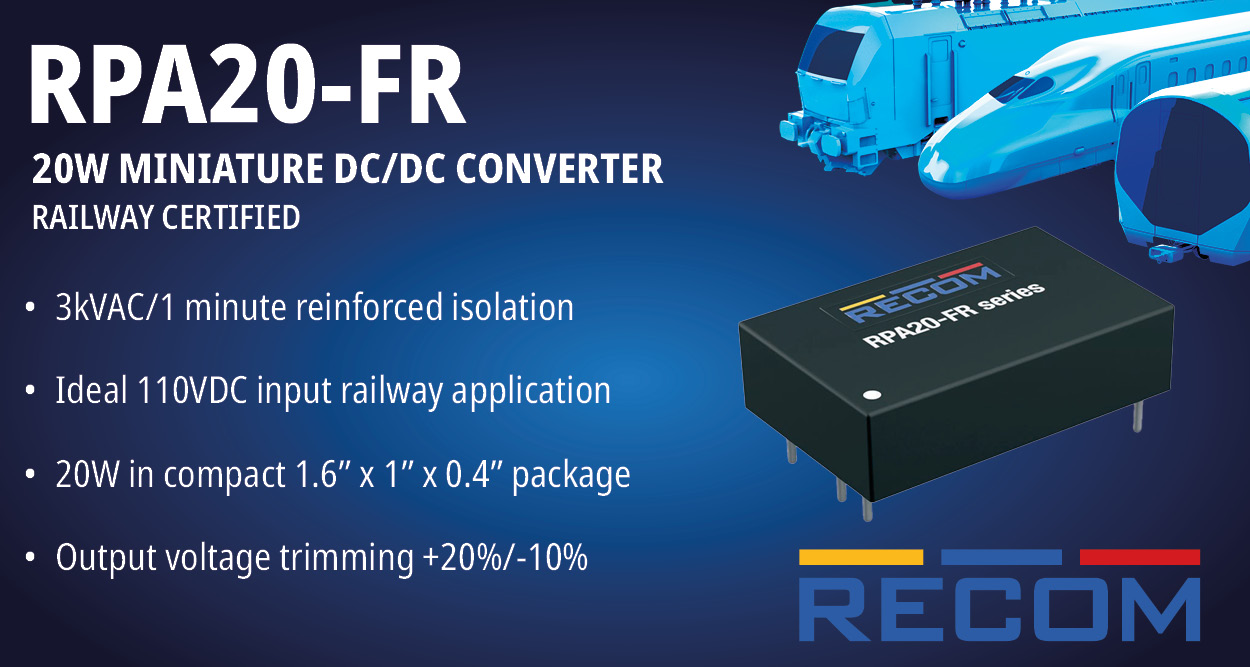Cities are evolving.
With over 70% of the world’s population projected to live in urban areas by 2050, cities face mounting pressure to become more efficient, livable, and resilient. Traditional infrastructure and reactive policies are no longer enough. Instead, cities must become “smarter” — leveraging technology to enhance everything from transportation to energy use, public safety, and citizen engagement.
Enter the Internet of Things (IoT) — the backbone of this smart city evolution.
IoT connects everyday devices—traffic lights, street lamps, waste bins, buses, even your smartphone—to the internet. This web of devices collects, exchanges, and analyzes data in real-time, allowing urban environments to respond proactively rather than reactively.
In this blog, we explore the role of IoT in smart cities: what it means, how it works, its transformative applications, challenges, and the exciting future ahead.
What Is a Smart City?
A smart city uses digital technology and data-driven solutions to improve the quality of life for its citizens, reduce environmental impact, and optimize city operations. It’s a city that listens, learns, and adapts.
But it’s more than just fancy tech or futuristic concepts. A true smart city integrates:
- Smart governance – digitized public services and participatory platforms.
- Smart mobility – real-time traffic monitoring and intelligent public transport.
- Smart environment – energy-efficient buildings and clean technologies.
- Smart economy – digital entrepreneurship and innovation ecosystems.
- Smart living – enhanced healthcare, education, and public safety.
- Smart people – tech-savvy, engaged citizens.
Cities like Singapore, Barcelona, and Amsterdam are leading the charge. Singapore’s Smart Nation initiative uses IoT for everything from traffic flow control to elder care. Barcelona’s smart lighting and waste systems have saved millions in public spending. Amsterdam’s open-data platform invites citizens to co-create urban solutions.
At the heart of these cities is IoT. So let’s break that down.
IoT: The Nervous System of Smart Cities
Imagine your city as a living organism. Roads are its veins, buildings its bones, utilities its organs. But what about its nervous system?
That’s where IoT comes in.
The Internet of Things refers to a network of interconnected devices embedded with sensors, software, and other technologies. These devices collect and exchange data with other devices and systems over the internet or other networks.
In a smart city, IoT enables:
- Sensing – devices capture real-time data on temperature, motion, air quality, noise levels, and more.
- Communication – data is transmitted through wireless or wired networks.
- Processing – data is analyzed via cloud computing or edge devices.
- Action – the city reacts: a traffic light changes, a streetlamp dims, a water leak alert is triggered.
Think of it as giving the city a “brain” that can make informed decisions — or at least provide the tools for human decision-makers to do so.
Applications of IoT in Smart Cities
IoT’s impact spans across urban functions. Here are the most transformative applications:
- Smart Traffic and Mobility
Traffic congestion is the bane of every urban commuter’s existence.
IoT eases the flow with:
- Adaptive traffic lights that adjust in real-time based on vehicle density.
- Smart parking systems that guide drivers to available spaces, cutting down idling time.
- Public transit tracking apps that show exact bus/train arrival times.
- Vehicle-to-infrastructure (V2I) communication enabling autonomous or semi-autonomous driving.
Cities like Los Angeles and Copenhagen use sensor-based traffic management to reduce congestion and emissions. Stockholm uses GPS data and IoT analytics to optimize bus routes in real-time.
2. Smart Utilities
Managing energy and water efficiently is key to urban sustainability.
IoT enables:
- Smart grids that balance energy loads and detect outages automatically.
- Smart meters that help consumers monitor usage and save on bills.
- Water leak detection systems that prevent waste and damage.
- Intelligent street lighting that adjusts brightness based on foot traffic or daylight.
In India, Pune has implemented smart water meters to track usage across thousands of households. Barcelona’s smart streetlights have cut energy use by 30%.
3. Public Safety and Emergency Response
Safety is non-negotiable in urban spaces.
IoT solutions include:
- Gunshot detection systems using acoustic sensors to triangulate incidents.
- Surveillance with AI to identify suspicious behavior or alert on crowd density.
- Wearables for first responders that track vital signs and location.
- Smart alarms and emergency response systems integrated with city command centers.
Chicago integrates IoT with its 911 services to dispatch the nearest police or fire response. Cities in South Korea use IoT-based surveillance to detect early signs of unrest or hazards.
4. Environmental Monitoring
Cities are major contributors to pollution, but IoT helps keep that in check.
- Air quality sensors identify hotspots and trigger alerts.
- Noise sensors monitor urban sound levels and recommend zoning changes.
- Green infrastructure like smart parks with soil and irrigation sensors.
- Smart waste bins that notify when full and optimize collection routes.
London’s air quality network helps citizens avoid pollution-heavy routes. San Diego uses smart bins and waste collection optimization to cut costs and emissions.
5. Citizen-Centric Services
The best smart cities prioritize people over technology.
- Digital city dashboards show traffic, air quality, and events.
- Online portals for paying bills, filing complaints, and accessing services.
- Connected healthcare via telemedicine and patient-monitoring wearables.
- Public Wi-Fi networks and digital kiosks for access to services.
In Estonia, citizens vote online, get prescriptions digitally, and can access almost all public services without leaving home. New York City has LinkNYC kiosks that offer free Wi-Fi, calls, and charging stations.
Challenges in Building IoT-Enabled Smart Cities
Despite its promise, integrating IoT into urban infrastructure isn’t easy.
1. Data Privacy and Security
The more devices collect personal data, the higher the risk of breaches. Encryption, secure protocols, and data governance frameworks are critical.
2. Infrastructure and Investment
Smart cities need modern infrastructure, from 5G networks to fiber optics — and that requires significant investment. Budget constraints can slow progress, especially in developing regions.
Different devices, platforms, and vendors often don’t “talk” to each other. Without standardization, creating a unified system is challenging.
4. Ethical and Social Implications
- Who owns the data?
- How is it used?
- Are we widening the digital divide?
Without careful planning, smart cities risk becoming surveillance-heavy or excluding marginalized communities.
The Future: Where Are We Headed?
The smart city of the future is more intelligent, inclusive, and predictive.
Emerging trends include:
- AI + IoT (AIoT): Artificial Intelligence adds cognitive capabilities to IoT, enabling predictive maintenance, demand forecasting, and automated decision-making.
- Digital Twins: Virtual replicas of cities that simulate real-world conditions and test scenarios.
- Edge Computing: Processing data closer to the source reduces latency and improves real-time responsiveness.
- 5G Networks: Faster, more reliable connectivity that unlocks new use cases.
By 2030, we might see entire city systems—transportation, health, education—running on a unified digital infrastructure with real-time insights driving every decision.
Conclusion: A Smarter Urban Tomorrow
Smart cities are not about flashy tech or sci-fi aesthetics. They’re about using technology to solve real problems — cleaner air, safer streets, shorter commutes, and more responsive public services.
IoT is the central nervous system of this transformation, empowering cities to learn, adapt, and serve better.
As citizens, developers, entrepreneurs, or policymakers, we all have a role in shaping the cities of tomorrow. And that journey starts by staying informed, engaged, and open to innovation.
The city of the future isn’t decades away. It’s already here — and it’s getting smarter every day.


















